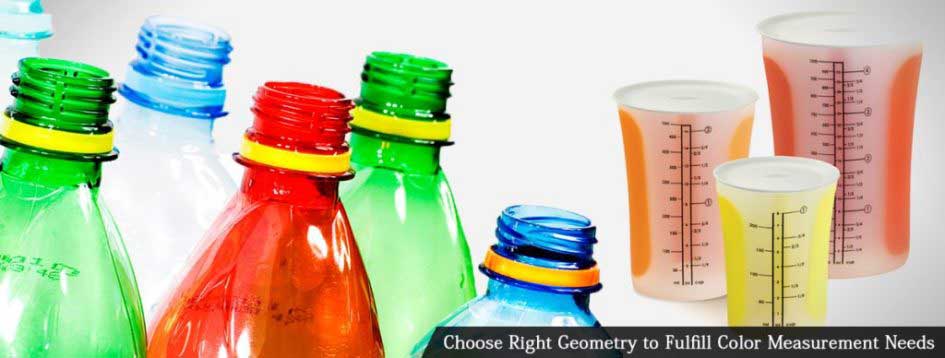Reviewed by Anurag Mishra (Sr. Technical Consultant)

Understanding the optical geometry is a significant process that needs to be followed in manufacturing industries and research centers as it has a great impact on the color measurement results. It is necessary to understand how much of light need to illuminate on the sample to detect the sample color to determine the best geometry that fits your basic application requirement, The two common geometries that color measurement instruments utilizes to measure the actual color shade of the products are mentioned below:
Testronix offers a wide range of color measurement devices that works on these geometries to measure the colors of plastics such as TP 800 Spectrophotometer and other color testers. Spectrophotometers are widely used in plastic industries for best plastic color measurement. The instruments are designed by combining the advanced principle of LED precision spectroscopy. The portable device helps to separate the luminance according to the wavelength interval and comprises of groups of sensor that measures the accurate color of the sample accurately. The instrument helps to measure L x a x b value as well as delta E value of the product and also displays the spectral reflectance curve that easily explains the color matching parameters and calculates real factors of color formulas.